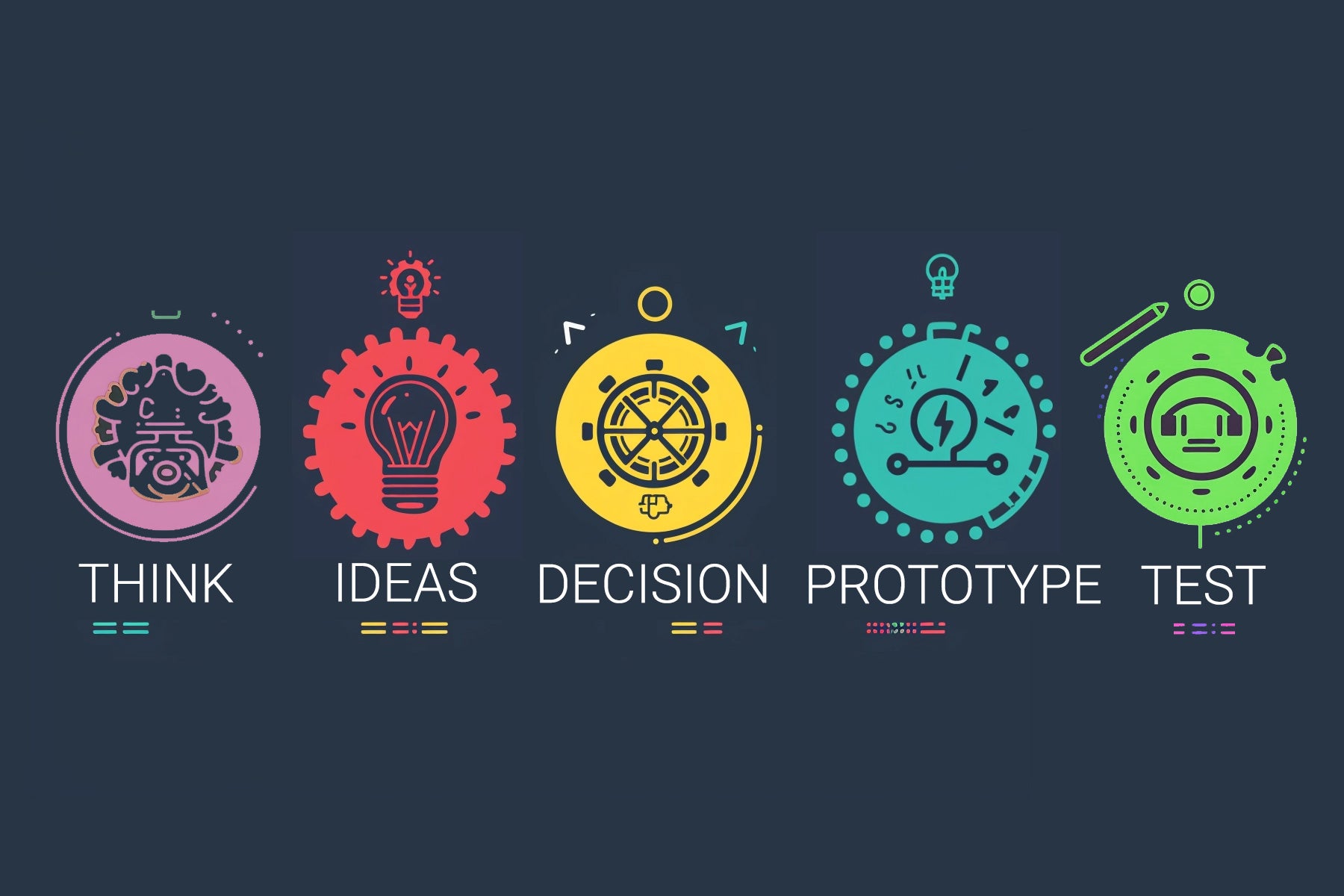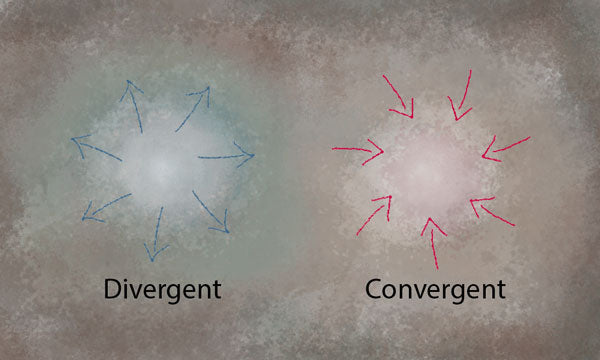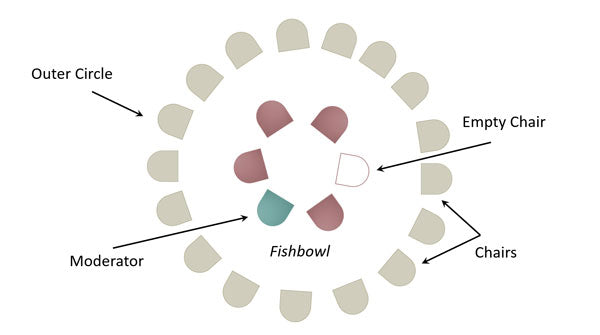Purpose
Is there a difference between people making decisions in groups and individually in respect to the amount of risk they take? To investigate, James Stoner, who was a MIT graduate in 1960s, carried out a series of experiments (Stones 1961). The research soon led to fascinating insights into the dynamics of group decision making.
Usually, we think that employing more brains is always better than one and that making decisions as a group is better than making them individual. The research conducted by Stoner clearly showed that decisions made in groups tended to be far riskier than those made by individuals.
The studies were intriguing and soon other researchers joined and conducted their own investigations (Whyte 1993). With Stoner research, certain factors influenced the groups to make riskier decisions than individuals. In other studies, the groups behaved more conservatively than individuals.
What the research showed was that a group seems to exaggerate the opinions of its members leading them to make extreme decisions—either being too risky or too conservative.
The exercise presented here is based on such studies and it aims to illustrate this point to delegates in an elegant and memorable way. The aim is to make them aware that decisions made in groups could be exaggerated in one direction or another.
Background
People often have secret views about a given topic that they tend to keep to themselves, thinking that it may be socially unacceptable to express it. However, in the presence of those who seem to have similar ideas, people become bolder and tend to express their secret views more freely. Upon hearing, this in turn makes others feel more comfortable to express their own extreme views leading to a chain reaction that makes the group become more exaggerated and polarized. This can then easily lead to ‘groupthink’.
All you need to kick start such a chain reaction in a group discussion is a strong-willed person (or just a loud one) who is leading the group and expresses some exaggerated option. Others may then feel they need to conform to remain part of the group and so voice their own warped beliefs.
This phenomenon is evident in many situations. Put people with strong religious beliefs together and get them to spend time with each other and they tend to become more ideologically extreme. Put people biased to right-wing or left-wing politics together and they tend to express more extreme opinions and are willing to take even more risks in what they believe.
Today’s ultra-connected-world and the strong influence of social media has led to social media bubbles where people tend to follow feeds they like and pay attention only to what is already aligned with them. The effect is described by several terms such as ‘echo chambers’ and ‘filter bubbles’. We don’t have to go far to see the effect of this in today’s political world order and how it can drastically influence it.
To illustrate the phenomenon in its most basic form, you can carry out the following exercise which is based on the studies carried out by James Stoner. The aim is to show that a group can make exaggerated decisions in respect to risk and that two brains is not always better than one.
The general structure of the exercise is that you give a scenario to delegates and you expect them to decide on behalf of a given character who is experiencing a dilemma. You then want to see how much risk the group or the individual takes if they were in the position of the character.
Two example scenarios which were used as part of James Stone’s research are provided at the end. You can find more scenarios in his thesis (Stones 1961).
Objective
Make decisions individually and in groups and compare results in respect to the amount of risk taken.
What You Need
- Two prepared scenarios. Print these so you can provide them to delegates as handouts.
- You can use one scenario provided at the end.
- Prepare another scenario similar to the one provided but choose a context that is similar to the background of your delegates.
- For best results, use this exercise with a large group.
Setup
- Do not explain anything about the nature of this exercise or even the title so that you can get quality results. You must explain everything explained above afterwards during discussions.
- Divide the delegates to two halves. It’s best if each half is in a different room so they cannot hear each other.
- Divide one half to groups of 5. This group size is considered fairly optimum by many management experts. An ideal group size range is between 4 and 10. It is best if you conduct the exercise with common group sizes, so you will get a realistic setting. For more information on group sizes, see Jeff Bezos’ two-pizza rule.
- Get the groups to work on Scenario 1. The other half, who is potentially in a different room, should work individually on Scenario 2.
- Those who are working individually should write their answers on paper.
- Allocate up to 10 minutes for this. Individuals probably don’t need as much time, but you want to make sure groups have enough time so that a decent discussion can take place. They must talk enough with each so that it can be different from individual decision making.
- Swap scenarios and groups. Get the half that worked in groups to work individually on Scenario 2 while the half that worked individually should work in groups of 5 on Scenario 1.
- Allocate another 10 minutes.
- Bring everyone back and compare the decisions made by groups and those made by individuals for each scenario one by one.
- Allocate 10 minutes for comparison and sharing thoughts. You should expect to see that groups have taken more risk or have been more conservative than individuals.
Timing
Explaining the Exercise: 5 minutes
Activity: 10 min Scenario 1 + 10 min Scenario 2 + 10 min compare results = 30 minutes
Group Feedback: 10 minutes
Discussion
What was discussed in your groups? Did you have a thought leader? Did everyone voice their views? Were you surprised at the final results the group came up with or did you feel comfortable to go with it? Were the group and individual opinions different for each scenario? Why do you think there is a difference? What does this lead it? What should you be aware of when making decisions in groups?
References
Stones, J.A.F. (1961) “A comparison of individual and group decisions involving risk”, master’s thesis, Massachusetts Institute of Technology
Whyte, G. (1993) “Escalating Commitment in Individual and Group Decision-Making: A Prospect Theory Approach”, Organisational Behaviours and Human Decision Process, 54, pages 430-55.
Scenario 1
“Mr. A, an electrical engineer who is married and has one child, has been working for a large electronics corporation since graduating from college five years ago. He is assured of a lifetime job with a modest, though adequate, salary, and liberal pension benefits upon retirement. On the other hand, it is very unlikely that his salary will increase 'much before he retires. While attending a convention, Mr. A is offered a job with a small newly founded company with a highly uncertain future. The new job would pay more to start and would offer the possibility of a share in the ownership if the company survived the competition of the larger firms.
Imagine that you are advising Mr. A. Listed below are several probabilities or odds of the new company’s proving financially sound.”
Please check the lowest probability that you would consider acceptable to make it worthwhile for Mr A. to take the new job.
___The chances are 1 in 10 that the company will prove financially sound.
___The chances are 3 in 10 that the company will prove financially sound.
___The chances are 5 in 10 that the company will prove financially sound.
___The chances are 7 in 10 that the company will prove financially sound.
___The chances are 9 in 10 that the company will prove financially sound.
___Place a check here if P you think Mr. A should
Scenario 2
“Mr. M is contemplating marriage to Miss T, a girl whom he has known for a little more than a year. Recently, however a number of arguments have occurred between them, suggesting some sharp differences of opinion in the way each views certain matters. Indeed, they decide to seek professional advice from a marriage counsellor as to whether it would be wise for them to marry. On the basis of these meetings with a marriage counsellor, they realize that a happy marriage, while possible, would not be assured.
Imagine that you are advising Mr. M and Miss T. Listed below are several probabilities or odds that their marriage would prove to be a happy and successful one.”
Please check the lowest probability that you would consider acceptable for Mr. M and Miss T to get married.
___Place a check here if you think Mr. M and Miss T should not marry no matter what the probabilities.
___The chances are 9 in 10 that the marriage would be happy and successful.
___The chances are 7 in 10 that the marriage would be happy and successful.
___The chances are 5 in 10 that the marriage would be happy and successful.
___The chances are 3 in 10 that the marriage would be happy and successful.
___The chances are 1 in 10 that the marriage would be happy and successful.
Comments
By kafe @ Tuesday, August 18, 2020 9:52 AM
Hello, grouping doesn't make sense for me here.
We've got two halfs - A and B
According to what was described:
first 10mins
A - group of 4 working on Scenario 1
B - works individually on Scenario 2
second 10mins
10mins
A - works individually on Scenario 2
B - works in group of 4 on Scenario 1
I assume, that goal is to compare individual decisions versus group decision for the same Scenario. But here groups are always working on scenario 1, while scenario 2 is handled individually.
By Ehsan Honary @ Tuesday, August 18, 2020 1:21 PM
Thanks Kafe for the comment. Although the intention is to compare individual versus group work, we cannot do this on the same scenario. Once people have worked on a given scenario, say as a group, there is little point to give them the same scenario again shortly after to go through individually. They have already thought about it and discussed it and the results in the second round will be invalid because it will be influenced by what they have gone through.
For this reason the scenarios must be different. But you have a point that preferably we want to compare performance based on the same scenario. So in this case, a workaround is to use two similar scenarios that are on the same level which can help us illustrate the point we want to make in this exercise.
Hope this clarifies.
Soft Skills Training Materials
Get downloadable training materials
Online Train the Trainer Course:
Core Skills
Learn How to Become the Best Trainer in Your Field
All Tags
Training Resources for You

Course Design Strategy
Available as paperback and ebook

Free Training Resources
Download a free comprehensive training package including training guidelines, soft skills training activities, assessment forms and useful training resources that you can use to enhance your courses.

Our Comprehensive Guide to Body Language

Train the Trainer Resources
Get Insights - Read Guides and Books - Attend Courses
Training Materials
Get downloadable training materials on: Management Training, Personal Development, Interpersonal Development, Human Resources, and Sales & Marketing














Leave a comment
All comments are moderated before being published.
This site is protected by hCaptcha and the hCaptcha Privacy Policy and Terms of Service apply.